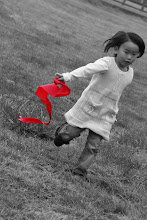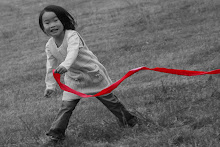 Here is some information that we have learned about the Pandas. Click on the sentence and it will link you to their web site.
Here is some information that we have learned about the Pandas. Click on the sentence and it will link you to their web site.(I found this informaiton on their web site and want to keep it for the girls, so all credit goes to them for this. The following are their words.)
The Chengdu Research Base of Giant Panda Breeding (hereafter Chengdu Panda Base) is a non-profit organization engaged in wildlife research, captive breeding, conservation education, and educational tourism.
The Chengdu Panda Base was founded in 1987, with six giant pandas rescued from the wild. Today (2007) our captive population has increased to 62 individuals from that founding population of only six. Genetic diversity in the population is sustained by the exchange of preserved genetic material with other facilities. We are very proud that we have not taken any giant pandas from the wild for 20 years. This demonstrates our unique and uncompromising commitment to the conservation of the wild ( in situ ) population and the healthy growth of the captive ( ex situ ) population.
Due to our research and commitment to animal health and welfare, 110 giant panda cubs have been born to our Base in 75 litters, 70 survived and now we have 62. To assist other institutions holding giant pandas we provide technical support and send our experts to assist with care, rearing, and breeding. So that all giant panda researchers can share their knowledge, we host the Giant Panda Annual Technical Meeting, inviting researchers from all over the world to share information to improve captive management for the conservation of giant pandas.
The Chengdu Panda Base covers an area of 106 hectares and will be enlarged to 200 hectares during the third phase of our expansion. Red pandas, golden monkeys and other wild and/or endangered species live and breed here.
 As a demonstration project of giant panda ex-situ conservation, the Chengdu Panda Base has not only dedicated itself to giant panda conservation, but has also made great efforts to combine natural scenery and man-made landscapes to create wonderful and humane living areas for giant pandas, red pandas, and other Chinese endangered animals. With the efforts of all the staff at the Panda Base, we have made great strides in the name of environmental protection to share with the world.
As a demonstration project of giant panda ex-situ conservation, the Chengdu Panda Base has not only dedicated itself to giant panda conservation, but has also made great efforts to combine natural scenery and man-made landscapes to create wonderful and humane living areas for giant pandas, red pandas, and other Chinese endangered animals. With the efforts of all the staff at the Panda Base, we have made great strides in the name of environmental protection to share with the world. 
















No comments:
Post a Comment